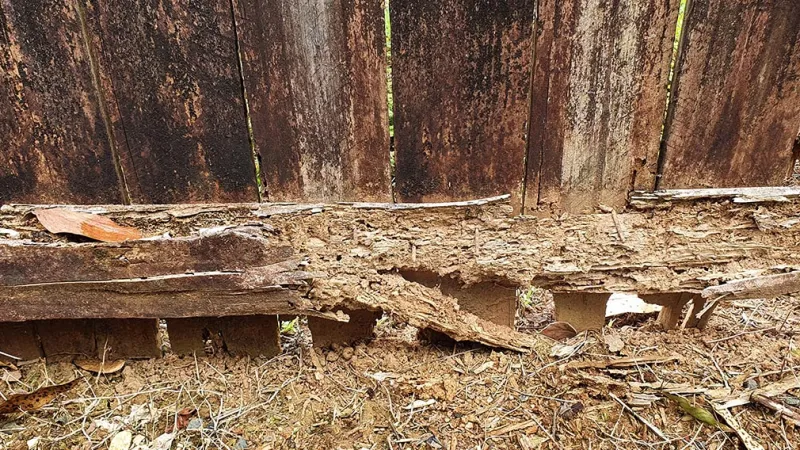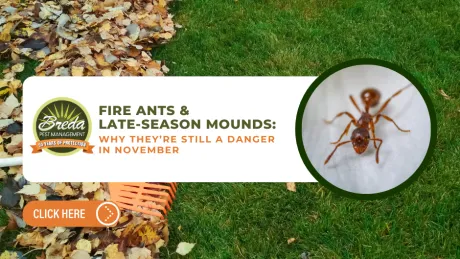
Termite Damage vs. Wood Rot: What Homeowners Need to Know

Understanding the distinction between termite damage and wood rot is crucial for homeowners, as both can significantly impact the structural integrity of a home, but require different approaches for treatment and prevention. This article explores the characteristics, causes, signs, and solutions for termite damage and wood rot, empowering homeowners with the knowledge to protect their investment.
Understanding Termite Damage
Termites are silent destroyers, feasting on cellulose-based materials like wood, which makes homes particularly vulnerable to their damage. These pests work covertly, often causing significant damage before they are detected.
Causes and Signs
Termites are attracted to moist environments and can enter your home through wood that touches the ground or via mud tubes they construct to travel safely. Signs of termite damage include:
Visible mud tubes on exterior walls or foundations.
Hollow-sounding wood when tapped.
Cracked or distorted paint on wood surfaces.
Tiny holes in drywall or wood.
Frass (termite droppings), resembling small, dark, wood-colored pellets.
Understanding Wood Rot
Wood rot, unlike termite damage, is a form of decay caused by fungi that thrive in moist conditions. This decay can compromise the strength and safety of wooden structures in your home.
Causes and Signs
Wood rot occurs when wood becomes too moist, generally with a moisture content above 20%. The fungi that cause wood rot feed on the wood, breaking down its fibers. Signs include:
Soft, spongy, or crumbly wood.
Discoloration of the wood, often turning it darker or whitish.
A musty odor.
The presence of fungal growth or spores on the wood's surface.
Differentiating Between Termite Damage and Wood Rot
While both termite damage and wood rot can weaken wood structures in your home, there are key differences:
Source: Termite damage is caused by an infestation of pests, while wood rot is a fungal decay.
Appearance: Termite-damaged wood often has a honeycomb internal structure and may include mud tubes, whereas wood affected by rot typically feels soft and may crumble easily.
Signs: Look for frass or mud tubes for termites; for rot, check for discoloration, fungal growth, and a musty smell.
Solutions and Prevention
Source of Damage
Termite damage originates from an active infestation of termites, which are pests that consume wood and cellulose-based materials within the home. These insects are particularly drawn to moist wood but will attack dry wood as well. On the other hand, wood rot is caused by a fungal infection that occurs when wood becomes excessively moist, providing an ideal environment for fungi to thrive. Unlike termites, the fungi directly decompose the wood fibers, leading to structural decay. Understanding the source of the damage is crucial for identifying the appropriate treatment method.
Appearance of Damaged Wood
The appearance of wood affected by termite damage and wood rot can offer clear clues to the untrained eye. Termite damage typically manifests as honeycomb-like patterns within the wood, where the termites have eaten away at the interior, leaving a series of tunnels and galleries. This damage might not always be immediately visible on the surface. Wood affected by rot, however, tends to have a more uniform appearance of decay, often feeling soft, spongy, or crumbly to the touch. Wood rot can also cause the wood to discolor, turning it into shades of brown, black, or even white, depending on the type of rot.
Signs of Infestation or Decay
Detecting the presence of termite damage often involves spotting mud tubes on exterior walls, noticing wood that sounds hollow when tapped, and finding frass (termite droppings) which resemble small, dark, wood-colored pellets. These indicators suggest an active or past termite infestation. Wood rot signs, contrastingly, include a musty odor, visible fungal growth or spore dust, and the wood becoming easily penetrable by a screwdriver or similar tool. Wood affected by rot may also show significant discoloration, which is a direct result of the fungal growth.
Understanding these distinctions between termite damage and wood rot is pivotal for homeowners. By recognizing the source, appearance, and signs of each issue, they can better navigate the steps necessary for remediation. Proper identification ensures that the correct treatment approach is applied, whether it's calling in pest control professionals to handle termites or addressing moisture issues to stop wood rot.
Both termite damage and wood rot pose serious threats to the structural health of a home, but understanding the differences between them is key to effective treatment and prevention. By recognizing the signs and causes of each, homeowners can take proactive steps to address these issues. Regular maintenance, combined with professional inspections, can help preserve the integrity of your home, protecting it against the silent but significant damage caused by termites.


